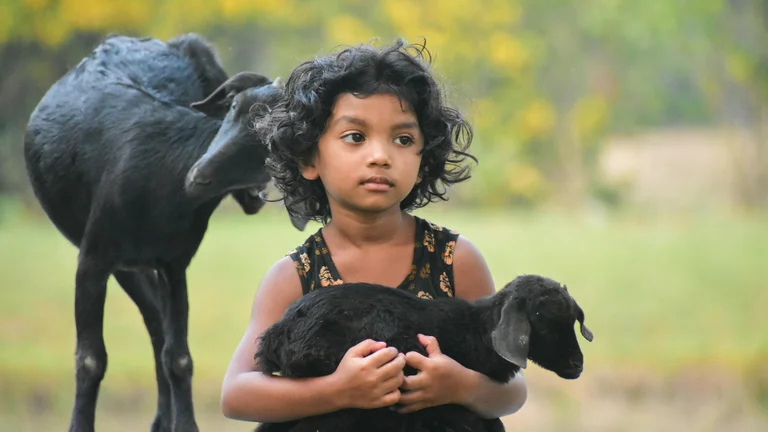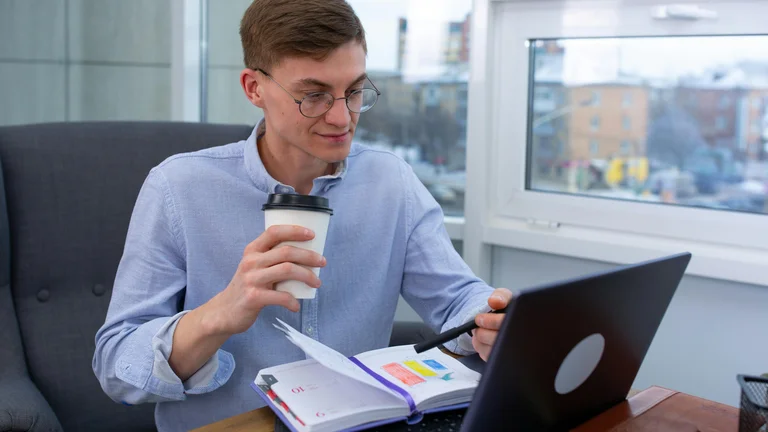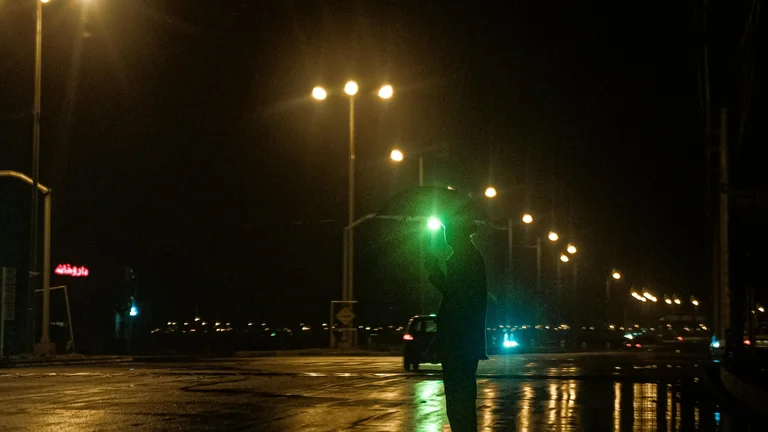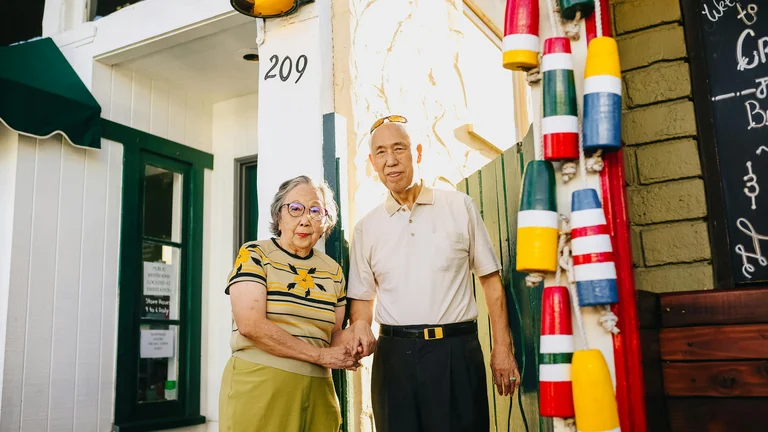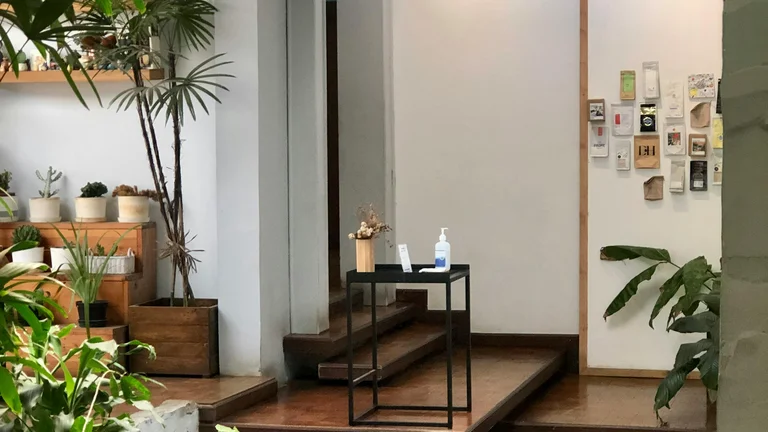
The presence of coffee shops in Korean dramas is more than mere scenery; these intimate spaces hold layered narrative functions, creating atmospheres that drive emotional expression, character interaction, and development. Iconic coffee shop scenes seamlessly blend visual storytelling with cultural symbolism, serving as pivotal junctures in many Korean dramas where friendship blooms, romance kindles, or personal transformation unfolds. Their importance in narrative structure is often understated yet profoundly significant, providing both sanctuary and social crossroads for characters.
Across various K-dramas, coffee shops are depicted not simply as places to drink coffee but as microcosms of the larger social fabric. They enable nuanced storytelling through controlled, everyday settings where dialogue flows naturally, and characters reveal hidden facets of themselves. This article delves into the multifaceted role of iconic coffee shop scenes in Korean dramas, analyzing their thematic relevance, recurring visual aesthetics, and their potent power to create emotionally charged moments. It encompasses extensive examples from renowned dramas, examining how these scenes contribute to plot progression while fostering audience engagement.
Symbolic Significance of Coffee Shops in Korean Dramas
Coffee shops in Korean dramas often symbolize more than the act of coffee consumption; they represent warmth, comfort, and a neutral meeting ground removed from the characters’ often hectic external worlds. The humble coffee shop setting encapsulates a uniquely Korean urban culture where fast-paced life thrives alongside moments of quiet reflection. This contrast enriches the storytelling by allowing characters to pause and connect with one another in a meaningful way.
The coffee shop atmosphere is typically crafted with deliberate aesthetic choices—soft lighting, minimalist yet warm interiors, and personalized decor that evoke feelings of intimacy and familiarity. These elements visually cue the audience to recognize the coffee shop as a safe space for vulnerability and connection. In numerous cases, the coffee shop also acts as a liminal space where characters transition emotionally or decide life-altering choices, embedding deeper narrative weight within seemingly mundane interactions.
Beyond symbolism, coffee shops play an essential role by reflecting evolving social dynamics and urban lifestyles prevalent in Korea. They highlight themes of loneliness amidst city life, striving to cultivate community through shared experiences. For viewers, these scenes invite a sense of nostalgia or aspiration, tying the personal stories on screen to real-life cultural practices around coffee consumption.
Visual and Cinematic Techniques in Depicting Coffee Shop Scenes
Filmmakers employ various techniques to accentuate coffee shop scenes' resonance. Camera work often utilizes close-up shots that capture minute facial expressions, emphasizing emotional subtlety as characters engage in intimate conversations. Wide-angle shots are occasionally used to contextualize the character within the lively or serene environment of the coffee shop, contrasting isolation with sociality.
Lighting choices further elevate the mood; natural or warm artificial light predominates to create a cozy ambiance. Color palettes in these scenes frequently lean towards earthy tones—browns, warm beiges, and soft greens—to reinforce the organic feeling associated with coffee culture. The mise-en-scène is carefully arranged with props like coffee cups, books, pastries, and plants to establish authenticity and invite viewer immersion.
Sound design complements the visuals through subtle background noises such as coffee machines hissing, faint chatter, and calm background music. These auditory elements support realism while fostering a comforting soundscape that juxtaposes or underscores the characters’ emotional states.
Editing rhythm also plays a crucial role. Prolonged takes allow scenes to breathe, creating tension or tenderness through pacing; alternatively, rapid cuts during moments of conflict or excitement energize interactions. These cinematic strategies coalesce to turn coffee shop scenes into memorable narrative anchors within Korean dramas.
Notable Iconic Coffee Shop Scenes and Their Narrative Impact
Examining specific coffee shop scenes illuminates how K-dramas exploit these settings to maximize impact. One example is from the drama "Goblin" (2016), where multiple meetings in a quaint coffee shop frame the evolving relationship between the lead characters. The coffee shop functions as an unofficial rendezvous point, symbolizing refuge and the shifting emotional dynamics of immortality and mortal fragility.
In "Coffee Prince" (2007), the unconventional coffee shop itself is central to the plot. The story revolves around a coffee house serving as a stage for gender identity exploration, social class commentary, and romance. The coffee shop is characterized by its modern-industrial aesthetic, reflecting the youthful and rebellious energy of its owners and staff, making it a groundbreaking backdrop for character growth.
Another illustrative scene appears in "It's Okay, That's Love" (2014), where coffee shops serve as informal therapy spaces. Here, casual conversations over coffee become moments of genuine connection, breaking social stigmas linked to mental health. The coffee shop setting facilitates vulnerability and understanding, enhancing the drama's message of empathy.
These scenes highlight the importance of coffee shops as narrative devices that provide settings conducive to character revelations and plot turning points, all while maintaining a relatable context for viewers.
Table: Comparison of Iconic Coffee Shops in Popular Korean Dramas
| Drama Title | Coffee Shop Name | Key Narrative Role | Visual Style | Symbolism |
|---|---|---|---|---|
| Goblin (2016) | Min's Coffee | Meeting place for protagonists; symbol of sanctuary and fate | Cozy, warm lighting with vintage accents | Comfort and eternal connection |
| Coffee Prince (2007) | Coffee Prince | Central to plot; exploration of gender and class | Modern, industrial, youthful vibe | Breaking societal norms |
| It's Okay, That's Love (2014) | Daelim Coffee Shop | Informal therapy setting; fostering openness | Minimalist, naturalistic lighting | Healing and authenticity |
| Weightlifting Fairy Kim Bok-joo (2016) | Kongjoo Café | Space for friendship and young love | Bright, pastel colors and playful decor | Youth, innocence, and optimism |
| Twenty-Five Twenty-One (2022) | Café Biyoke | Site of pivotal romantic moments | Rustic, calm tones with natural light | Hope and new beginnings |
How Coffee Shop Scenes Enhance Emotional Connectivity
Within Korean dramas, coffee shop scenes evoke emotional resonance by encapsulating moments of intimacy, tension, or revelation. The spatial constraints of these settings force close physical proximity, conducive to meaningful exchanges or confrontations. This proximity often amplifies non-verbal communication—glances, subtle gestures, shared silences—that deepen the emotional texture.
Writers skillfully use these scenes to peel back characters’ protective layers, revealing fears, desires, or vulnerabilities. For example, moments of confession or apology are frequently staged in coffee shops, leveraging the quiet, informal atmosphere to underscore sincerity. The beverage itself becomes a metaphorical object—shared drinks symbolize connection, while the act of preparing or serving coffee denotes care and attention.
The repeated return to coffee shops throughout story arcs also helps establish a sense of continuity amid change. Characters' evolving attitudes, relationships, and personal growth get mirrored in the changing atmosphere or the way they interact with the coffee shop space. Thus, coffee shops operate both as physical and emotional touchstones for the audience.
List: Key Elements That Make Coffee Shop Scenes Iconic in Korean Dramas
- Intimate conversational settings allowing deep dialogues
- Atmospheric design that reflects emotional tone
- Use of symbolic props like coffee cups and pastries
- Naturalistic lighting to create mood authenticity
- Repetitive meeting points reinforcing relationship development
- Integration of background sounds for immersive experience
- Placement during critical character or plot moments
- Subtle non-verbal cues enhancing emotional subtext
Cultural Impact and Real-World Influence of Coffee Shop Scenes
The depiction of coffee shops in Korean dramas has had tangible effects on both domestic and global coffee culture. In South Korea, the explosion of visually attractive coffee shops corresponds with the rise of K-dramas, where viewers often seek to emulate the ambiance and aesthetics seen on screen. This has encouraged a proliferation of boutique cafes that prioritize design, comfort, and thematic cohesion aligned with the style popularized by dramas.
Internationally, fans pilgrimage to filming locations associated with iconic coffee shop scenes. These visits serve as experiential extensions of the viewing experience, blending tourism with fandom. Coffee shops featured in dramas often see surges in popularity, becoming landmarks not just for locals but for global K-drama enthusiasts.
This cultural feedback loop underscores how media representations influence real-world consumption patterns and lifestyle choices. The coffee shop becomes both a narrative and a socio-economic phenomenon, bridging fiction with reality.
Step-by-Step Guide to Analyzing Coffee Shop Scenes in Korean Dramas
For enthusiasts and scholars wishing to analyze coffee shop scenes methodically, the following framework can be applied:
- Identify the Scene Context: Note where the coffee shop fits within the narrative arc—beginning, turning point, resolution.
- Observe Character Dynamics: Study how characters interact physically and verbally, noting power dynamics or emotional shifts.
- Analyze Visual Elements: Examine set design, lighting, color, and prop usage.
- Interpret Symbolism: Consider what the coffee shop represents thematically—safety, conflict, connection.
- Evaluate Cinematic Techniques: Look at camera angles, editing pace, and sound design.
- Correlate with Broader Themes: Relate the scene to main themes such as love, identity, or societal pressures.
- Consider Cultural Nuances: Reflect on how local coffee culture influences the scene's mood and reception.
This structured approach allows deeper appreciation and critical viewing of coffee shop scenes beyond surface entertainment.
Table: Cinematic Elements and Their Narrative Functions in Coffee Shop Scenes
| Cinematic Element | Function | Example from K-Drama |
|---|---|---|
| Close-up Shots | Highlight subtle emotions and non-verbal cues | Goblin—Expressing internal conflict during quiet moments |
| Warm Lighting | Creates inviting and intimate atmosphere | It's Okay, That's Love—Comfort during personal revelations |
| Background Noise | Enhances realism and emotional immersion | Coffee Prince—Ambient café chatter reflecting lively dynamics |
| Minimalist Set Design | Focuses attention on character interactions | Weightlifting Fairy Kim Bok-joo—Spotlights youthful bond in uncluttered space |
| Pacing & Editing | Generates tension or calm depending on narrative needs | Twenty-Five Twenty-One—Slow cuts during tender scenes |
Psychological Underpinnings and Character Development in Coffee Shop Scenes
The psychological landscape portrayed within coffee shop scenes often reflects the characters’ internal states. Such scenes serve as transitional spaces where characters confront insecurities, clarify motivations, or make decisions. The restrained social setting strips distractions, requiring characters to engage authentically.
The interplay of dialogue and silence in these spaces exposes deeper cognitive and emotional processes. When characters share a coffee, it is rarely about the beverage alone but about signaling openness or offering comfort. This ritualistic aspect taps into human needs for routine and connection.
Repeated coffee shop encounters between characters often mirror the phases of their interpersonal relationships: initial awkwardness, burgeoning friendship, conflict, and resolution. These scenes provide a narrative rhythm that guides viewers through the emotional progression, anchoring intangible feelings in recognizable settings.
List: Practical Reasons Why Coffee Shops Are Chosen Settings in Korean Dramas
- Provides a controlled environment conducive to meaningful dialogue
- Accessible and relatable urban locale for diverse characters
- Neutral ground that facilitates interaction across social divides
- Visually rich and versatile backdrop supporting various moods
- Enables subtle exposition without overt dramatization
- Symbolizes blend of tradition and modernity in Korean society
- Supports consistent narrative continuity and thematic motifs
Exploring the Evolution of Coffee Shop Scenes Over Time
Tracing coffee shop scenes across decades reveals an evolution shaped by changing societal values and media trends. Earlier K-dramas featured coffee shops more as incidental locations, whereas modern dramas elevate them to intentional narrative focal points. Increased attention to set design and thematic integration reflects the growing sophistication of production and audience expectations.
The role of coffee shops mirrors shifts in Korean urban culture—rising café culture in the 2000s, evolving gender roles, and heightened mental health awareness. The emergence of female-led coffee shops in dramas indicates changing gender narratives. Moreover, the global spread of K-dramas has led to coffee shops depicted with more universal appeal, balancing local flavor with international relatability.
As streaming platforms amplify K-drama visibility, coffee shop scenes have become globally recognized cultural icons, symbolizing not just Korean lifestyle but also the universal desire for human connection within urban modernity.
Case Study: Analyzing Coffee Shop Scenes in "Reply 1988"
"Reply 1988" incorporates coffee shops as nostalgic settings reflecting community, youthfulness, and familial bonds. The show’s coffee shops are interwoven with the narrative of growing friendships and first loves in a formative period. The retro design, featuring pastel tones and vintage furniture, immerses viewers in the 1980s Seoul ambiance.
These scenes function as informal social hubs where characters from different families intersect outside their homes, blending generational storytelling with personal anecdotes. Coffee consumption here transcends adult sophistication, becoming an inclusive cultural practice adapted for youth and family gatherings.
This reflectiveness strengthens the drama’s appeal, highlighting how coffee shops can embody temporal and emotional layers, connecting past and present audience experiences.
Integrating Coffee Shop Scenes with Broader Narrative Structures
Beyond isolated moments, coffee shop scenes often integrate seamlessly into broader narrative structures, acting as recurring motifs or emotional frameworks. Writers use these settings to parallel or contrast external plot developments. For instance, a heated argument occurring in a coffee shop may precede reconciliation, emphasizing the space's role as a neutralizer.
In episodic frameworks, coffee shop scenes sometimes open or conclude episodes, setting the episodic tone or providing reflective closure. This repetition lends cohesiveness to the series, allowing viewers a familiar emotional anchor amid evolving storylines.
Moreover, the interactions within coffee shops often foreshadow or mirror larger societal themes—such as economic disparity, gender tensions, or cultural identity—giving them a layered narrative function that enriches viewing depth.
List: Tips for Appreciating Coffee Shop Scenes in Korean Dramas
- Notice how the set design complements the characters’ moods and relationships
- Pay attention to non-verbal communication in close-up shots
- Listen for background audio cues that heighten atmosphere
- Observe the symbolism of shared coffee or food items
- Consider the timing of the scene within overall plot progression
- Reflect on cultural nuances revealed through coffee shop etiquette or decor
- Compare different dramas to identify recurring motifs and stylistic variations
Future Trends: The Role of Coffee Shop Scenes in Upcoming Korean Dramas
Looking ahead, coffee shop scenes appear poised to grow even more multifaceted in Korean dramas. Emerging technologies like augmented reality and virtual production could enhance visual portrayal, creating more immersive café environments that deepen audience engagement. Storylines may also explore new coffee culture trends such as specialty brews or sustainability, integrating contemporary issues into the narrative fabric.
Furthermore, as viewers across diverse demographics consume K-dramas, coffee shop scenes may adapt to reflect wider social conversations, including multicultural interactions and mental health themes. The evolution of K-dramas towards genre hybridity promises coffee shop scenes that blend romance with thriller, fantasy, or slice-of-life elements, expanding their narrative potential.
Thus, coffee shops will remain not only storytelling venues but also cultural signifiers evolving alongside Korean drama’s artistic and thematic trajectories.
FAQ - Iconic Coffee Shop Scenes in Korean Dramas
Why are coffee shop scenes so prevalent in Korean dramas?
Coffee shop scenes are prevalent because they provide intimate, neutral spaces where characters can engage in meaningful dialogue, develop relationships, reflect emotions, and advance the plot within a relatable and culturally significant setting.
What makes coffee shops symbolic in K-dramas?
Coffee shops symbolize comfort, refuge, and connection in K-dramas. They often represent safe spaces for vulnerability, emotional reconciliation, or significant personal growth, reflecting broader themes of urban life and social interaction.
How do filmmakers visually enhance coffee shop scenes?
Filmmakers use warm, natural lighting, close-up shots, carefully curated set designs, and ambient sound effects to create authentic, cozy environments that highlight emotional nuances and foster viewer engagement.
Can you give examples of iconic coffee shops in Korean dramas?
Yes. Notable examples include Min’s Coffee from "Goblin," Coffee Prince from "Coffee Prince," Daelim Coffee Shop from "It's Okay, That's Love," Kongjoo Café from "Weightlifting Fairy Kim Bok-joo," and Café Biyoke from "Twenty-Five Twenty-One." Each serves distinctive narrative and symbolic roles.
How do coffee shop scenes influence real-world Korean coffee culture?
Coffee shop scenes in K-dramas have inspired a surge in boutique coffee shops in Korea and internationally, influencing design trends, social behaviors, and tourism to filming locations, thereby blending fiction with lifestyle practices.
What role do coffee shops play in character development?
They offer controlled environments where characters reveal hidden emotions, engage in pivotal conversations, and show growth through relational dynamics, making coffee shops key sites for psychological exploration.
Iconic coffee shop scenes in Korean dramas function as intimate narrative spaces symbolizing comfort, connection, and emotional depth. They employ visual and auditory techniques to foster character development and engage audiences, profoundly influencing both storytelling and real-world coffee culture.
Iconic coffee shop scenes in Korean dramas hold a unique position as narrative and cultural touchstones. Through meticulous cinematography, symbolic design, and emotional storytelling, these settings transcend their physicality to represent connection, growth, and refuge. They enable rich character interactions framed by familiar yet evocative spaces, engaging viewers across cultural and geographic boundaries. As Korean dramas continue evolving, the role of coffee shops is sure to deepen, reflecting broader societal changes and creative innovation.

